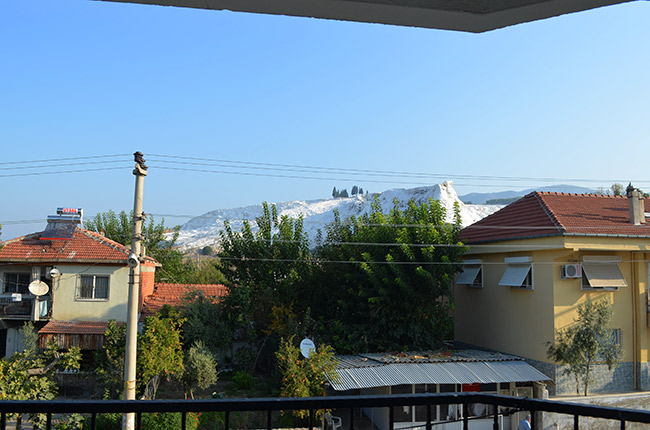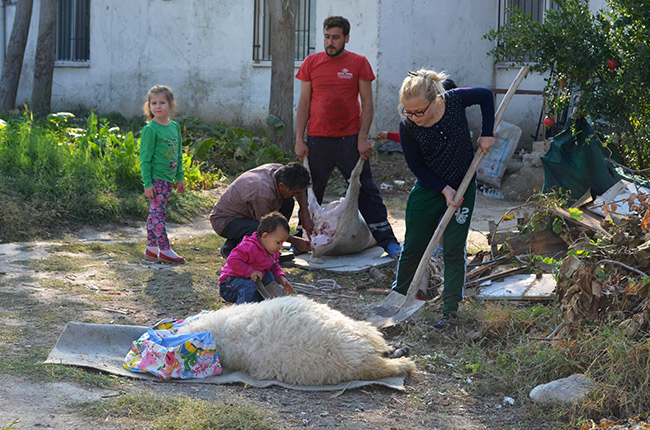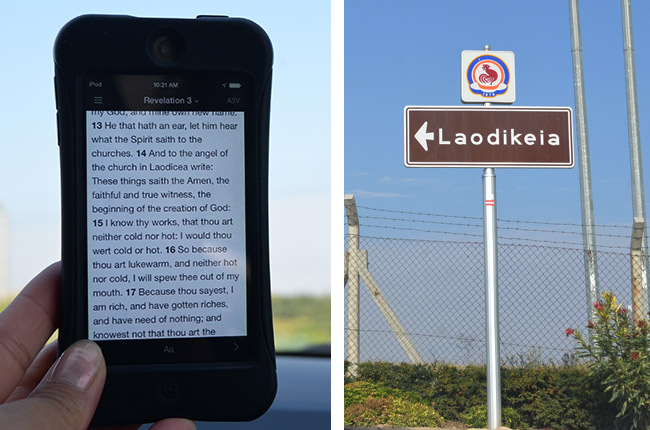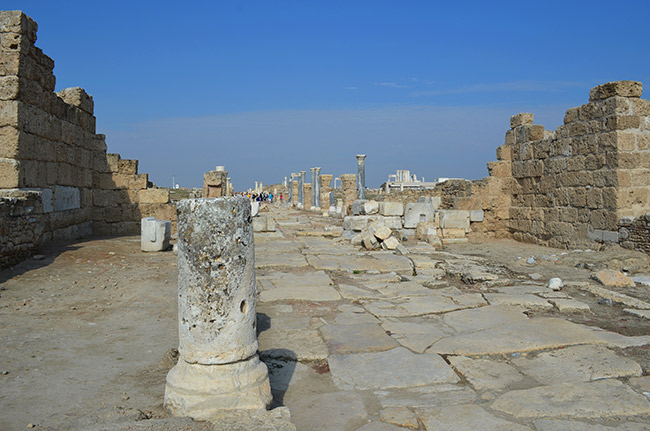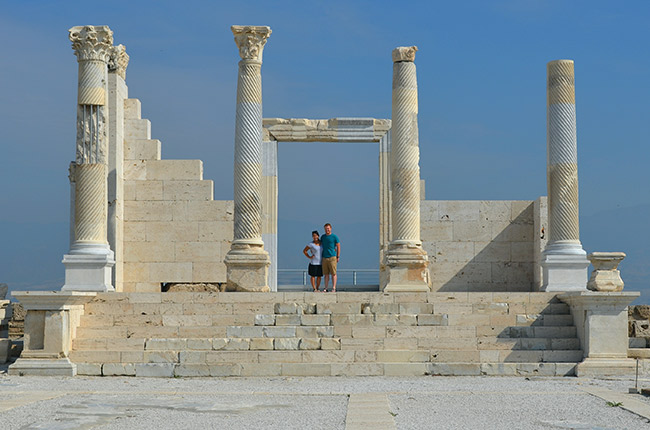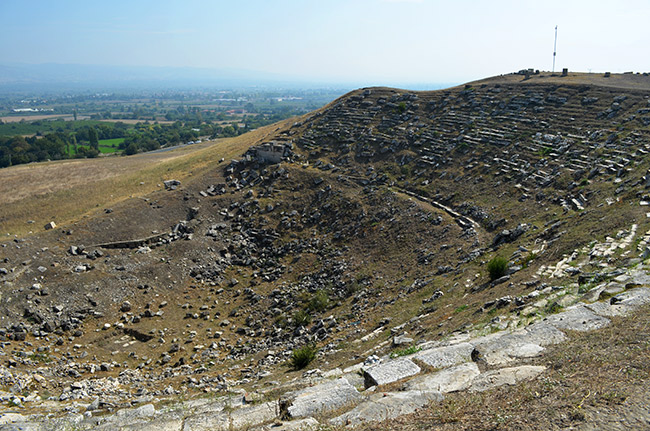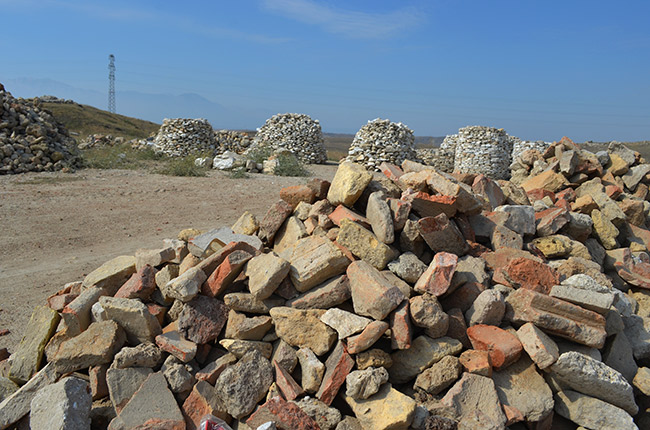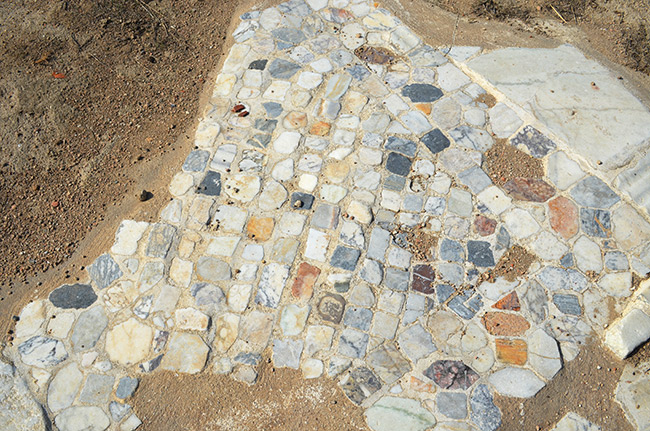After David’s family booked their plane tickets, we knew we had to squeeze in some beach time. We wanted to avoid the hustle and bustle of Antalya, and our friends told us about their favorite beach town.
It was David’s and my first time in Çıralı! It’s a tiny Lycian village on the Mediterranean with just over two miles of beachfront. It took us over eight hours to get there from Göreme. For the last few miles, we exited the main highway and drove on dirt roads. It was just before dark by the time we arrived.

We stayed at İkiz Pansiyon in two of their bungalows. It was a great spot just a short walk from the beach. We were there an evening, a day, and a morning and ate at their İkiz Restaurant on the beach for our meals. (Breakfast was included at the Pansiyon.)
The next morning, we put on our swimsuits and walked down to the beach. At the far end of the beach in the river valley sits the ancient ruins of Olympos. (Entrance was 5TL or free with the Müzekart.) Olympos is dated to the 4th century during the Hellenistic period.

It amazes me how accessible ruins are in Turkey. You can walk up to and around and on top of most of them!




We explored for about two hours and could have stayed for many more, but we had lots more ruins ahead of us and it was time for the beach. We dodged a storm or two, but had a few hours of clear skies for swimming!
Our stay at İkiz included free beach chairs! We bought some goggles and the boys had fun checking out the fish – even a few tropical ones!



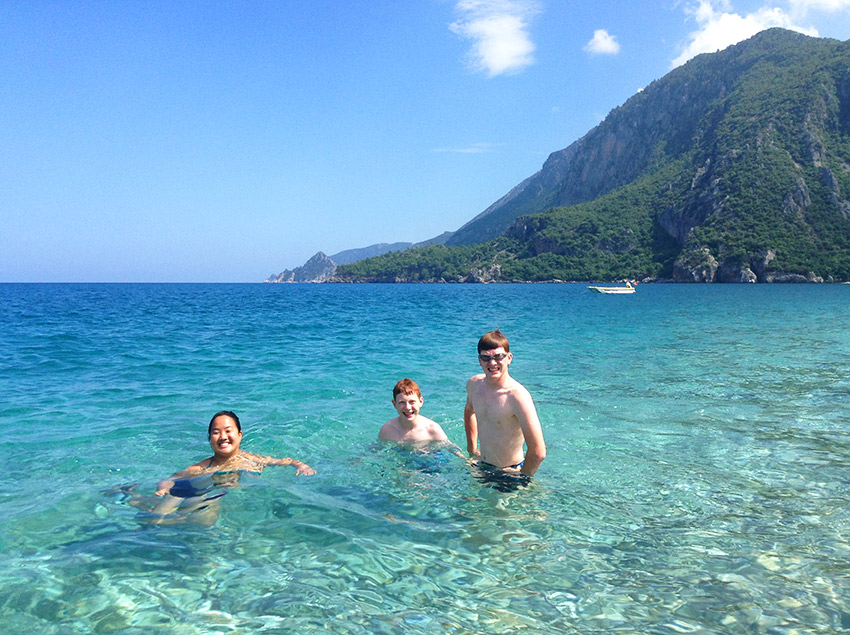
This man speared an octopus!



Our last stop of the day was a surprise for the family. We didn’t tell them we were going to see Mount Chimaera (aka Yanartaş) and its eternal flames. After dinner, we headed north. We asked a few people for directions and kept walking and walking. And walking.
After an hour, we finally made it! (It’d be better to take a car or bus there from the beach, especially at night. Once you get to the base of the mountain, you also have to hike two miles up a very steep incline with lots of stairs. And then back down and a long way back to town.) We paid the entrance fee and rented a flashlight. It was pitch black dark outside aside from a few glowing spots on the mountain.
Yanartaş produces eternal flames. There are vents in the rock where a mixture of gas – mostly methane – escapes. The fires burn constantly and do not need ignition. They date back thousands of years; Pliny the Elder (AD 29 — AD 79) mentioned the phenomenon in his writings. Sailors used the flames to navigate their ships.

Even though we were all tired by the time we got to the mountain, it was well worth the hike. Can you believe how bizarre it is? They looked like a bunch of logless campfires. The boys had fun kicking dirt at some of the smaller ones. They put a couple of the flames out, but I think they come back. Otherwise… way to ruin a national treasure, kids. It was a bummer we didn’t have marshmallows for s’mores. (Muslim country = no pork products).
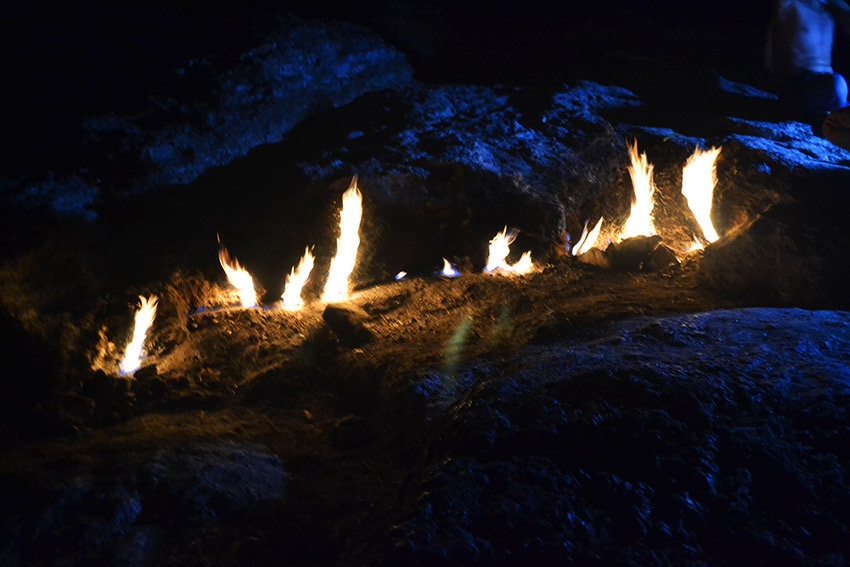

See the big dipper?

Coming down the mountain was a little easier than walking up it. David jogged back to the hotel and brought the car to us. He is one good man.
After breakfast the next morning, we were off to see one of the Seven Churches of Revelation and another crazy Turkish landscape!












